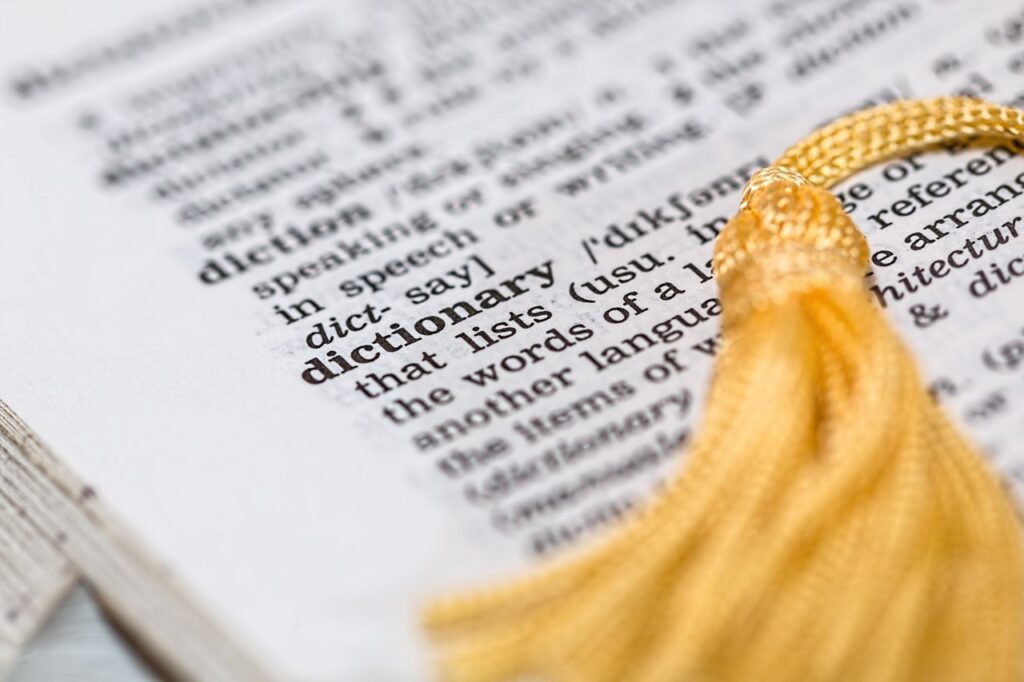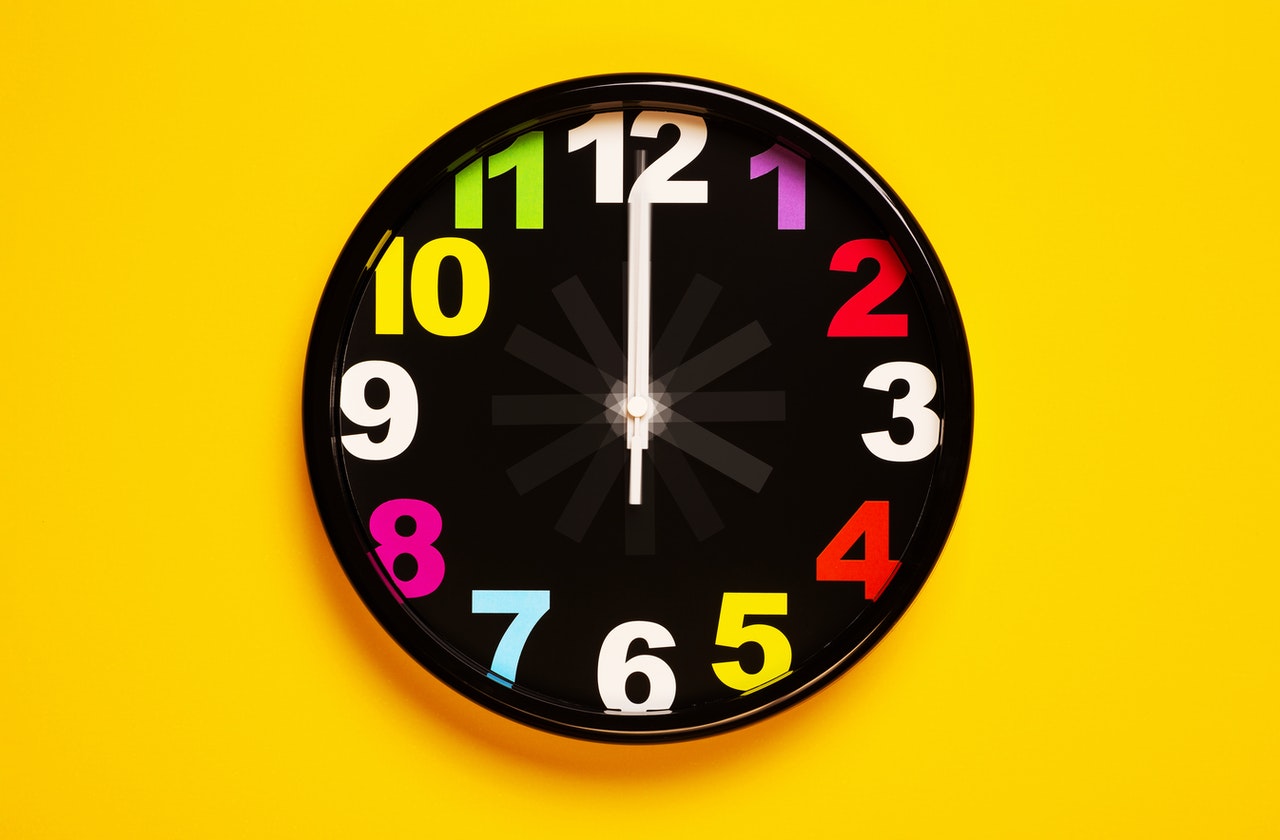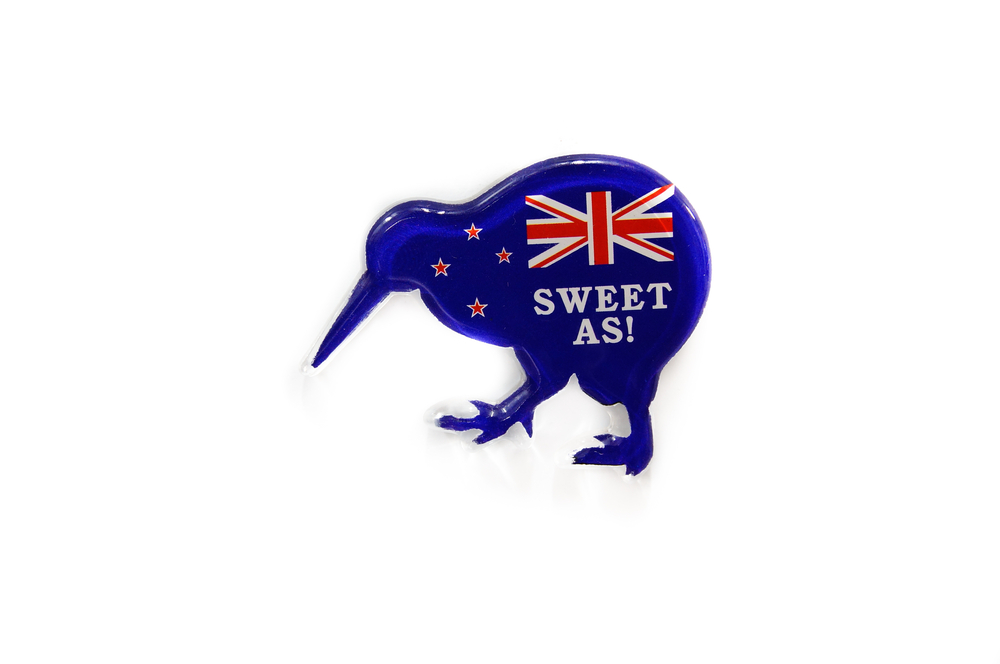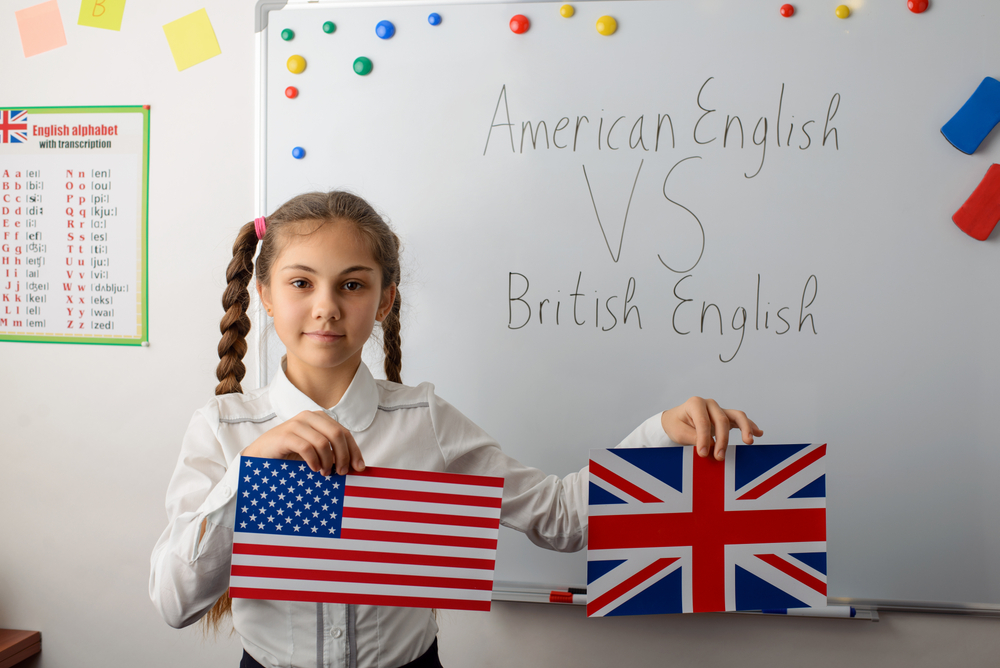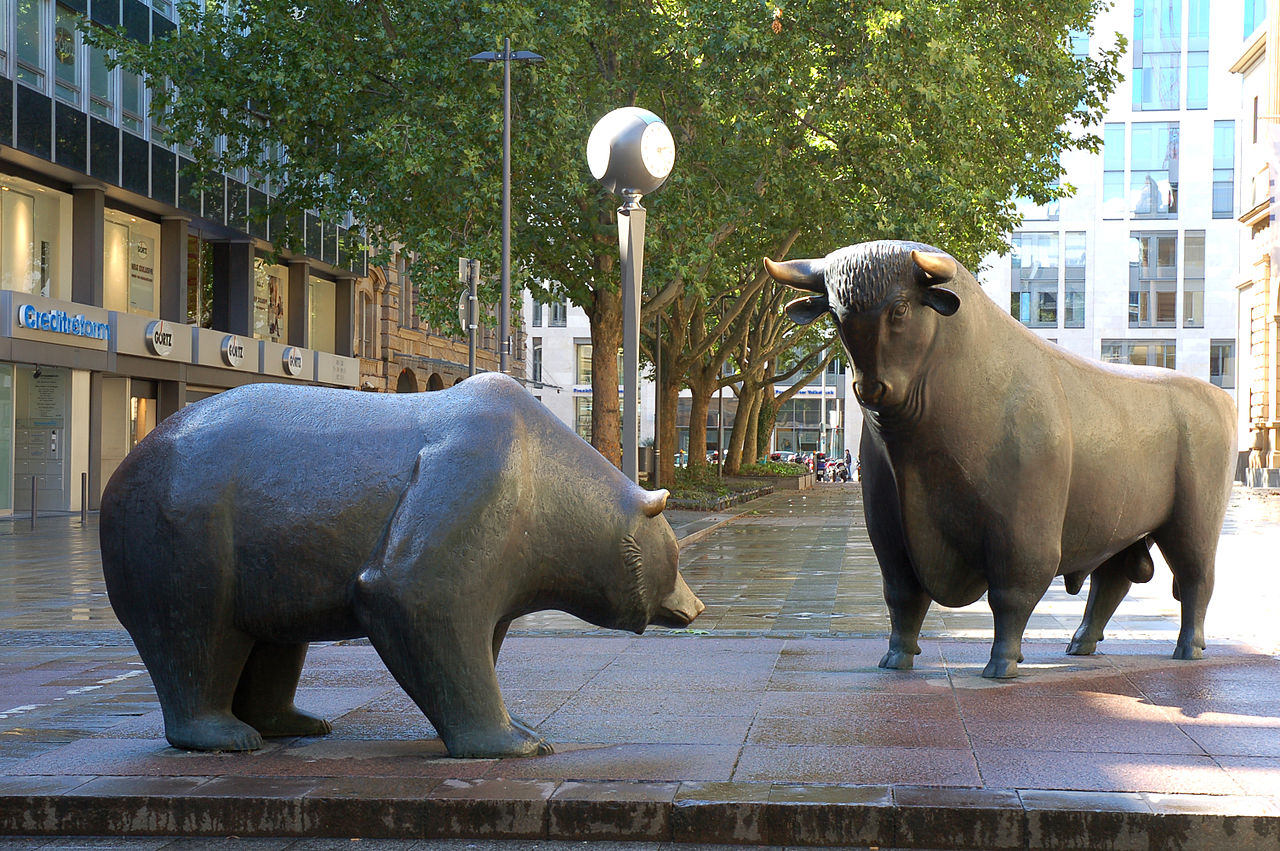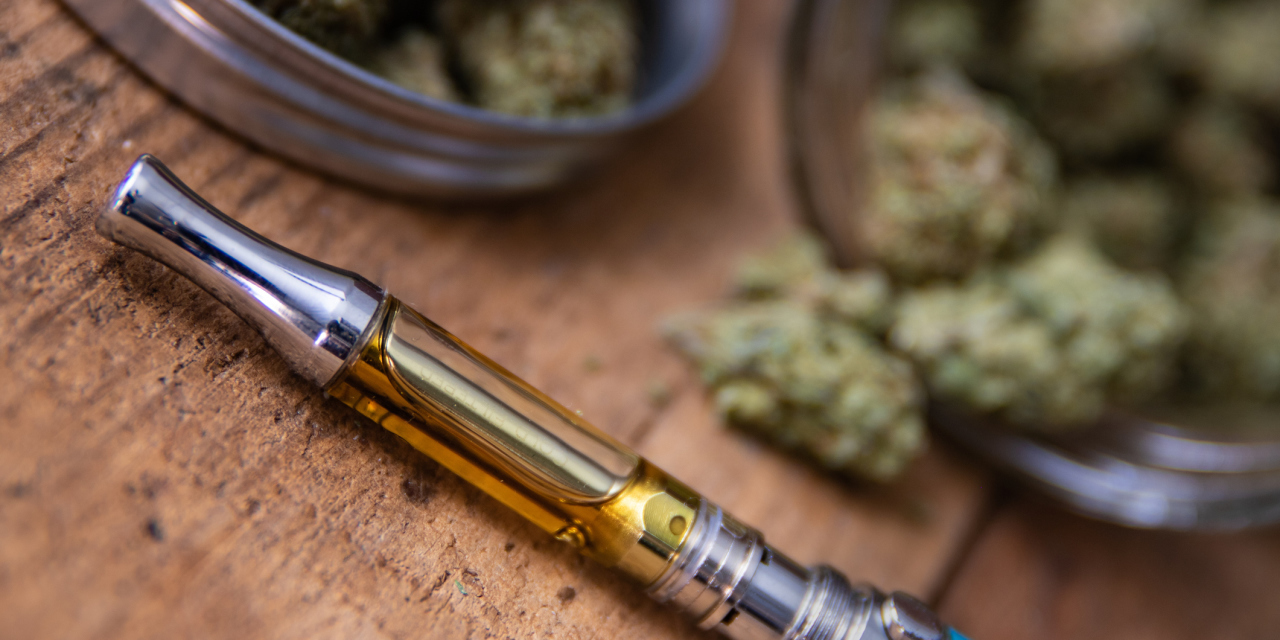Reading Time: 2 minutes
- There are over 170,000 words currently in use in the English language and about 1000 words get added each year.
- These 1000 words can come from different sources, i.e. some could come from new occurrences (COVID-19 is now a word in the Oxford English Dictionary – OED), inventions, or ideas.
- As our world changes, sometimes the existing words are not sufficient for what we want to express.
- E.g. Karoshi (a Japanese word that means death caused by job-related exhaustion) may not have been relevant outside Japan a few decades ago but can express work-related stress quite effectively today.
- Hangry (Hungry + Angry) was first used in 1992 in a short story but was added to the OED in 2015 after the internet popularised it.
- The process of adding a word starts with reading — lexicographers (who write and edit dictionaries) read everything written in print including books, magazines, newspapers, blogs, social media posts, product packaging (food cartons, beer bottles, etc.).
- While reading, they look for new words, and whenever they come across one, they record it with full context, source information, etc. in a database — this information is called a citation.
- The word doesn’t get entry in the dictionary by just a couple of citations — a significant number of citations across varied sources over a period of years are required before a word is added to a dictionary.
- In OED, for example, a word is added only if it has been printed at least 5 times in 5 different sources over a period of 5 years.
- To ensure a word meets these 3 important criteria (in bold above), the team actively looks for more citations of a newly found word — a search in their database can easily tell them how many citations they have already got.
- Sometimes the word is old but it has a new meaning, e.g. tweet (the chirp of a young bird).
- In these cases, too, lexicographers look for citations (i.e. tweet = a post made on Twitter) where the word has been used in the new context.
- Dictionaries, however, don’t just add words; they also remove words that have not been in use for decades, e.g. Merriam-Webster has removed sternforemost, snollygoster and hodad, etc.
Also Read:
How emojis came into being and how are they created?
What is filler text Lorem Ipsum & where does it come from?
Image courtesy of Pixabay through Pexels
Reference shelf :

